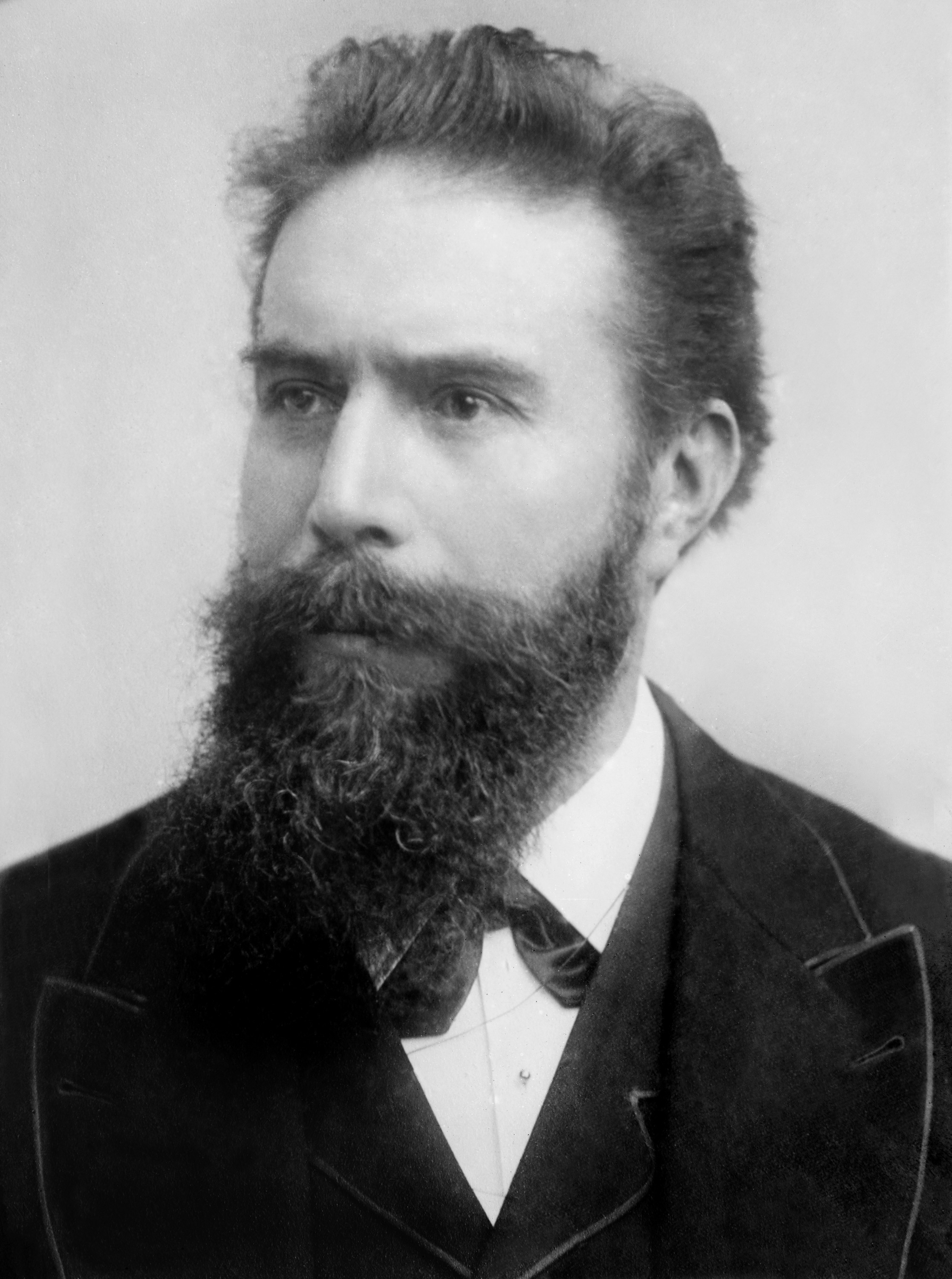Roentgenium << REHNT gehn ee uhm >> is an artificially produced radioactive element. Its atomic number (the number of protons in its nucleus) is 111. Roentgenium was named in honor of the German physicist Wilhelm Conrad Roentgen, who discovered X rays.


The chemical symbol of roentgenium is Rg. Chemists place roentgenium in the transactinide group of transuranium elements. For information on the position of roentgenium on the periodic table, see the article Periodic table.
Scientists have reported a few isotopes of roentgenium. Isotopes are forms of an element that have the same number of protons but different numbers of neutrons. The best-known isotope of roentgenium has an atomic mass number (total number of protons and neutrons) of 272. Its half-life is 0.0015 second—that is, due to radioactive decay, only half the atoms in a sample of isotope 272 would still be atoms of that isotope after 0.0015 second.
An international group of scientists at the Heavy Ion Research Center in Darmstadt, Germany, discovered roentgenium in 1994. They bombarded atoms of bismuth, which has an atomic number of 83, with atoms of nickel, which has an atomic number of 28. The bombardment produced three atoms of the new element. It was known by the temporary name unununium (chemical symbol, Uuu) until late 2004, when it was given the permanent name roentgenium.
